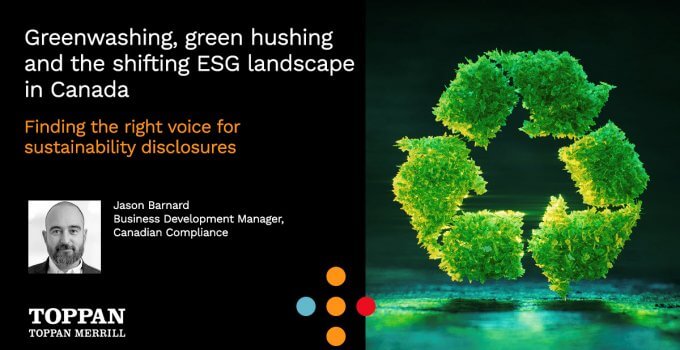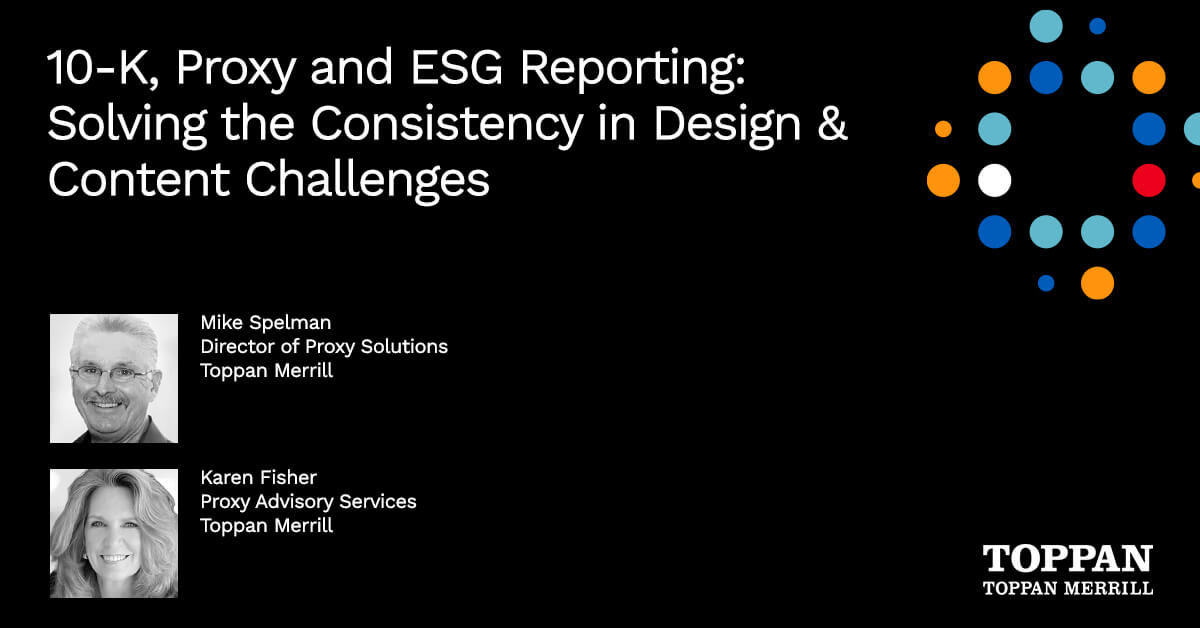In Canada, expectations around sustainability disclosures are evolving. Investors, regulators, employees and customers want credible information about a company’s environmental and social impact. At the same time, regulators are sharpening their focus on misleading claims.
This is giving rise to two sides of the same challenge. Greenwashing and green hushing.
Greenwashing happens when companies overstate or exaggerate their environmental or social performance. Claims like eco-friendly or 100% sustainable without data to substantiate these claims.
Green hushing occurs when companies withhold information altogether. Potentially out of fear of regulatory, legal, or reputational backlash, some organizations scale back on sustainability reporting even when they have credible progress to share.
Both approaches carry risk and threaten market perception. Greenwashing damages trust and can trigger regulatory or investor action. Green hushing undermines transparency, leaving stakeholders to wonder what a company may be hiding.
The regulatory landscape in Canada
Canada is still shaping its sustainability disclosure rules, though the national mandate is on hold for the moment. The Competition Bureau has been active in challenging misleading environmental claims, and recent updates to the Competition Act under Bill C-59 have raised the stakes.
Passed in June 2024, Bill C-59 requires companies to substantiate environmental and climate related claims with adequate and proper tests or evidence consistent with internationally recognized standards. The burden of proof now falls on companies to demonstrate their claims are supported. Beginning June 2025, third parties such as advocacy groups or competitors will be able to challenge a company’s environmental claims directly with the Competition Tribunal.
Companies making deceptive or unwarranted claims can face penalties of up to $10 million for a first offence, $15 million for repeat offences, or in some cases 3 percent of annual worldwide revenues.
Additionally, the Canadian Sustainability Standards Board (CSSB) has introduced CSDS 1 (General Requirements for Disclosure of Sustainability-related Financial Information) and CSDS 2 (Climate-related Disclosures). While these standards are currently voluntary, they align with global best practices and are expected to influence future regulatory requirements.
Why green hushing is on the rise
Some companies hold back sustainability disclosures to avoid scrutiny, but when data is incomplete, silence comes with consequences:
- Investors may lose confidence
- Employees may doubt the company’s commitment
- Regulators may see inaction as a red flag
Withholding credible information can be just as damaging as overstating it.
Finding the balance
To communicate sustainability performance responsibly, companies should follow a few key principles:
- Ground disclosures in evidence. Use measurable data and clearly reference your methodology, such as materiality assessment results.
- Avoid vague claims. Terms like green, natural, or sustainable need context, metrics and benchmarks.
- Acknowledge areas for improvement. Transparency and accountability help build trust with investors.
- Stay flexible. Update goals as the data evolves to demonstrate accountability and transparency.
- Align with recognized standards. The ISSB, via CSDS 1 and 2 in Canada, provides a consistent, investor-focused framework.
Why this matters now
Canadian companies are facing more pressure than ever to get sustainability disclosures right. Greenwashing exposes you to regulatory and reputational risk. Green hushing risks eroding trust and losing momentum with stakeholders.
The companies that strike the right balance of credible, transparent, and framework-aligned disclosures are best positioned to build resilience and long-term value.
How Toppan Merrill can help
Toppan Merrill closely monitors the Canadian and global regulatory landscape. Contact us at [email protected] or by calling 844.200.2448 to meet with an expert and learn more on how Toppan Merrill supports companies with sustainability, compliance, regulatory tracking and planning.



